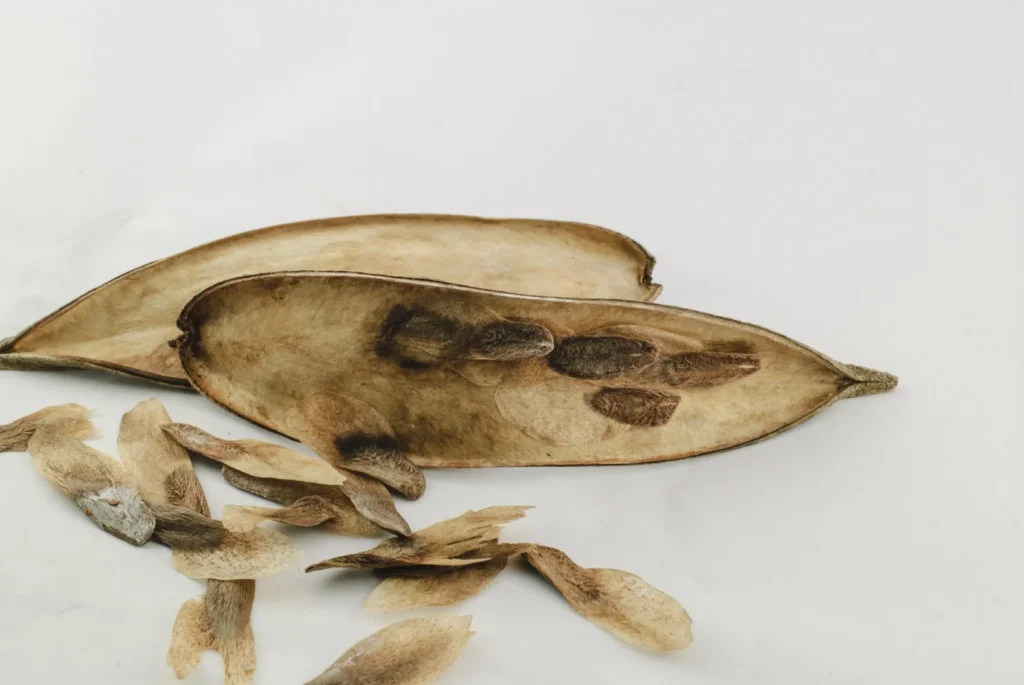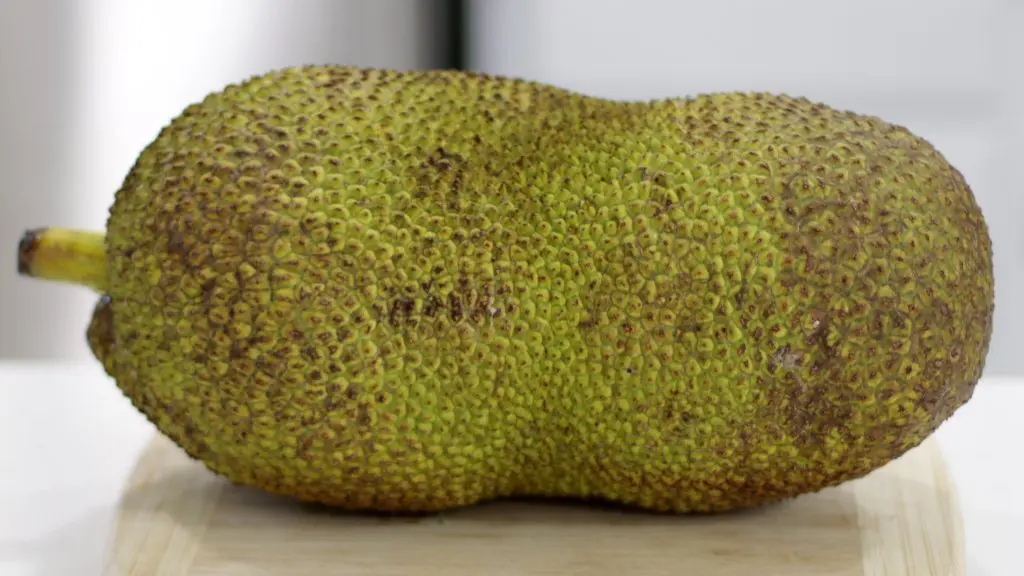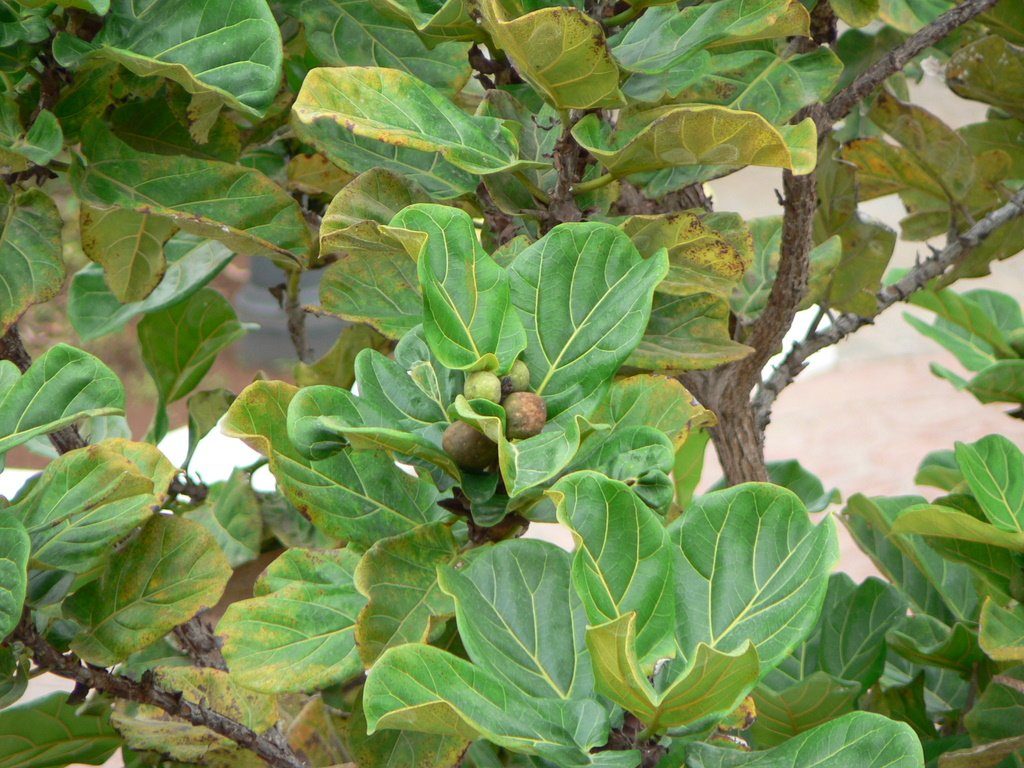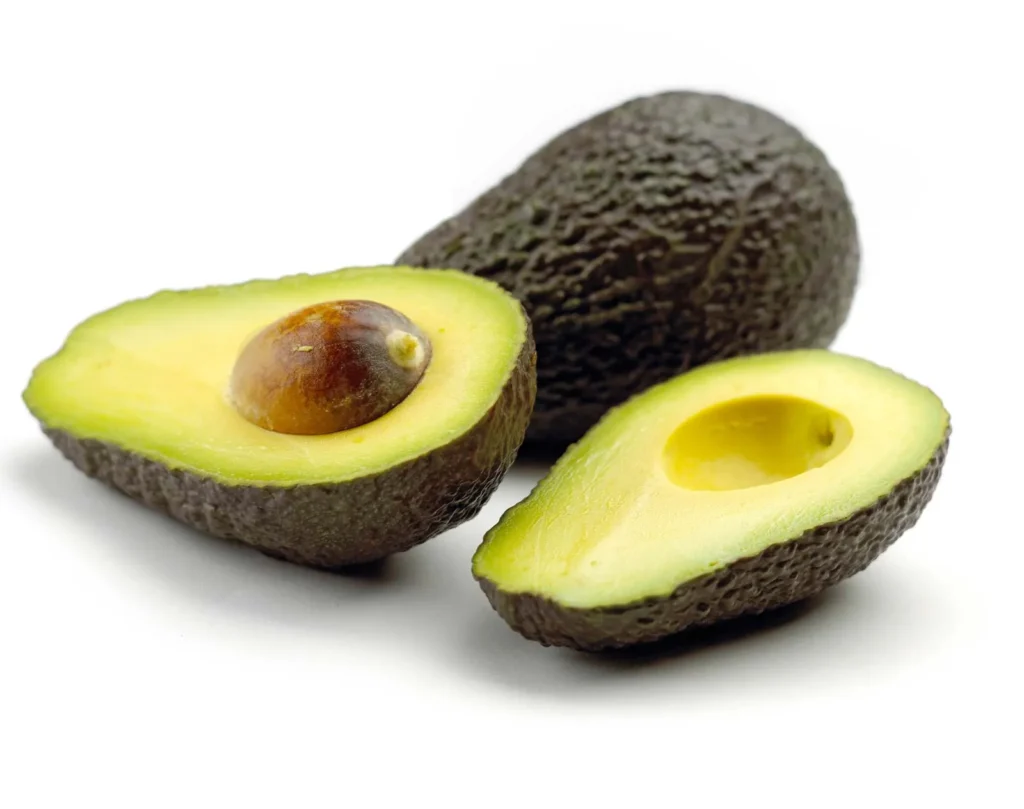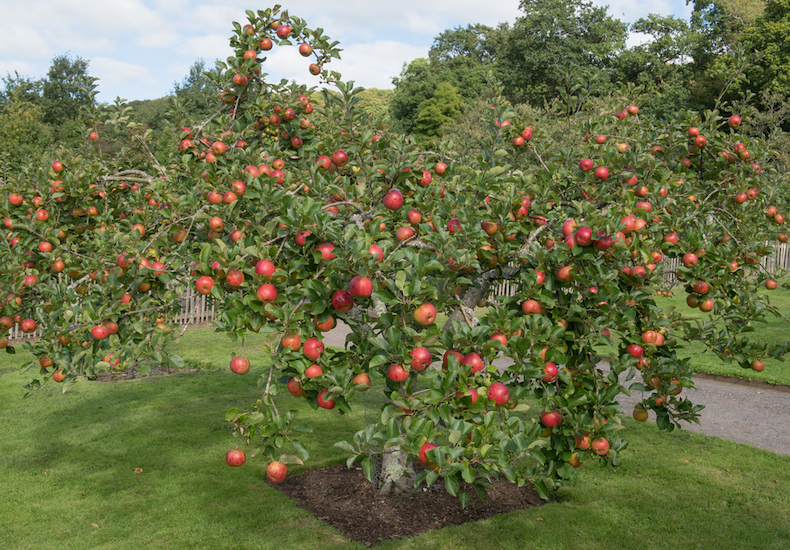If you love gardening, you know it’s not fun when your plants aren’t doing well. You might wonder what’s going wrong.
It’s smart to check how your plants are doing. This includes making sure their roots are okay. If the roots are hurt or dead, your plant might be in trouble.
In this article, we’ll talk about the signs that show a plant’s roots might be dead. We’ll also explain how you can try to make the plant healthy again. Keep reading to find out how to spot and fix problems with plant roots.
Table of Contents
- How to Spot Dead Roots in Plants
- 1. Leaves Turning Yellow or Drooping
- 2. Not Growing or Growing Slowly
- 3. Plant Stays Dry Even When Watered
- 4. Bad Smell from Soil or Roots
- 5. Roots Look Dark
- 6. Plant Wobbles or Leans Over
- 7. No Blooms or Fruit
- 8. Bugs or Diseases
- How to Help a Plant with Dead Roots
- Step 1 – Find the Problem
- Step 2 – Clip Off Bad Roots
- Step 3 – Put the Plant in a New Home
- Step 4 – Use Better Soil
- Step 5 – Water properly
- Step 6 – Provide proper lighting
- Step 7 – Monitor the plant’s progress
- FAQ
- Is the Plant Really Worth Saving?
- What to Do When Only the Roots are Still Alive?
- How long does it take for plant roots to grow back?
- Can a plant survive if it has no roots?
- Wrapping Up
How to Spot Dead Roots in Plants
Dead roots might make leaves go yellow or droop, slow down growth, smell bad, or feel soft and break easily. If the plant doesn’t hold onto the soil or doesn’t grow new parts, that might mean the roots are dead.
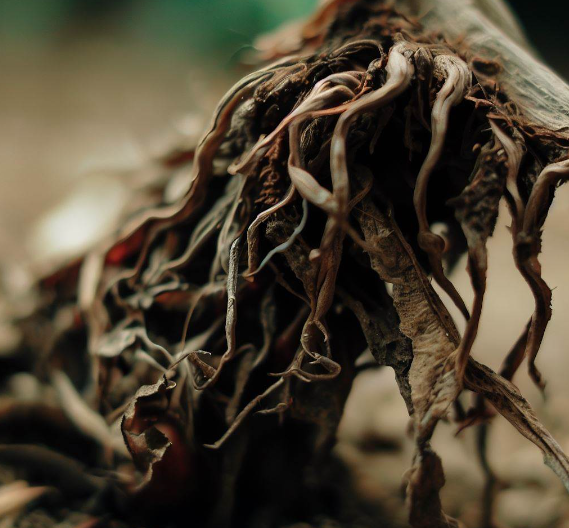
Here’s what to look for to check if a plant’s roots might be dead:
1. Leaves Turning Yellow or Drooping
If a plant’s roots are dead, it can’t get enough water or food from the soil. This might make the leaves turn yellow or droop. The roots are supposed to take in water and nutrients and send them up to the leaves, but they can’t do this if they’re dead.
Yellow or droopy leaves can happen when the roots aren’t moving water and food right.
2. Not Growing or Growing Slowly
A plant with dead roots won’t grow well because it’s not getting what it needs. Even if it used to grow well, it might stop or slow down.
3. Plant Stays Dry Even When Watered
If a plant still looks dry after you water it, the roots might not be working. They need to be healthy to soak up water. Without good roots, your plant will stay thirsty.
4. Bad Smell from Soil or Roots
A stinky soil or roots can mean that the plant is rotting because the roots have died. This happens when the plant can’t use the water and food in the soil, and it starts to break down.
5. Roots Look Dark
Healthy roots are usually white or light-colored. If you see dark roots, they might be rotting or already dead. This could happen from too much water, bugs, or sickness.
6. Plant Wobbles or Leans Over
A plant that’s not standing straight might have root problems. If roots are dead, they can’t hold the plant up, so it might start to lean.
7. No Blooms or Fruit
Sometimes a plant won’t bloom or make fruit if the roots are dead. That’s because it’s not getting enough food from the roots to do these things.
Roots are super important for feeding plants. If they’re not okay, the plant can’t make flowers or fruit.
8. Bugs or Diseases
Bugs or sickness can hurt plants more if the roots are already weak or dead. Watch out for holes in the leaves or bugs on the plant. Dark or wilting leaves can show the plant has a disease.
Holes in the leaves or seeing insects might mean bugs are around. If leaves change color or droop, the plant might be sick.
How to Help a Plant with Dead Roots
Helping a plant with dead roots isn’t easy, but you can try a few things. First, take the plant out of the soil and look at the roots. Cut off any roots that are rotten. Put the good roots back in fresh, soil that drains well. Make sure the plant gets the right water, light, and food. Watch your plant to see if it starts to get better.

If you think your plant’s roots might be in trouble, here’s how you can try to help them:
Step 1 – Find the Problem
To fix dead roots, you should know why they’re not doing well. Check for dark colors, slow growth, bad smells, and missing blooms.
If your plant is dry, moves around too much or has bugs or sickness, then you need to act. After you know what’s wrong, you can start to make things better.
Step 2 – Clip Off Bad Roots
Carefully remove any roots that are hurt or dead. This can help stop more problems and give healthy roots a chance to grow.
Step 3 – Put the Plant in a New Home
Choosing a new pot for your plant is a good idea if its roots are really bad. Find one that’s a bit bigger than the roots, but not too big. And remember not to give it too much water.
Step 4 – Use Better Soil
Good soil is important for a plant to grow. Use soil that doesn’t hold too much water and has the right stuff to feed your plant. Around the root area, the soil should be new to help it grow better.
Adding compost or other types of organic stuff to the dirt is good for your plant. It keeps it healthy and helps its roots grow strong. You might also need to change the pH level of the soil to make it just right for what your plant needs.
Step 5 – Water properly
It’s important to water your plant the right amount. Don’t give it too much water, but also don’t let the dirt get too dry. The perfect amount of water depends on the kind of plant you have and what kind of soil it is in.
Step 6 – Provide proper lighting
Make sure your plant gets the right amount of light. If it gets too much or too little, it can cause problems with how the roots grow.
Step 7 – Monitor the plant’s progress
Watch your plant to see how it’s doing. Look for new growth or check for bugs or diseases. If something looks wrong, take care of it carefully and quickly.

